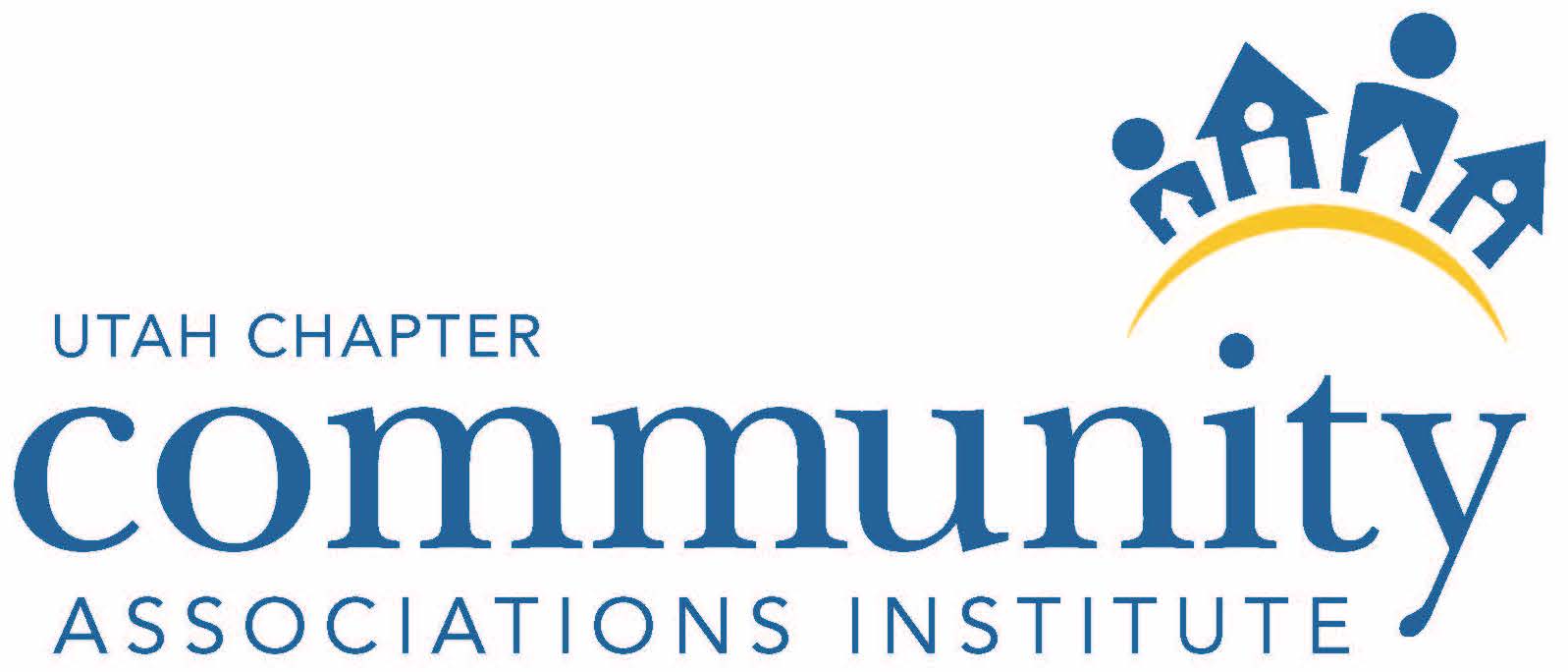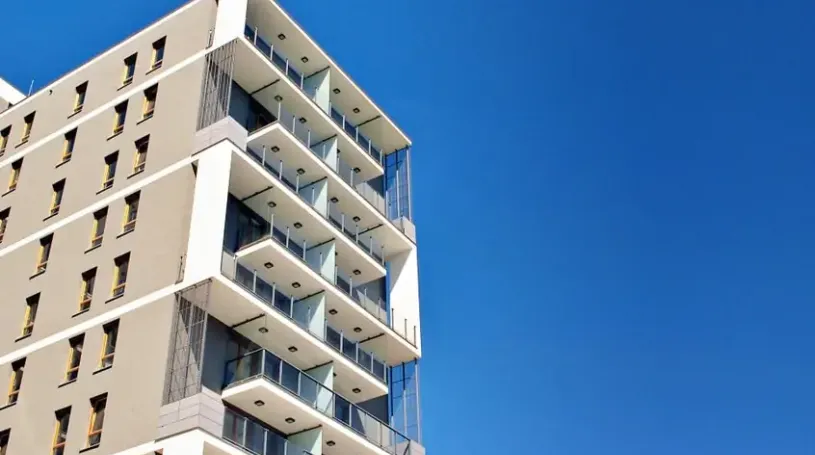The Do’s and Don’ts of Long-Term Planning to Combat Aging Infrastructure
By Damian Esperza
After the recent Surfside, FL disaster, aging infrastructure is a growing concern for community associations, particularly in multi-family structures like condominiums.
Many experts will tell you a reserve study is an excellent tool to help your community prepare for the costs associated with of aging. However, the reserve study is not the end-all-be-all. If it were, the Surfside disaster would not have happened — Champlain Towers South had a reserve study! A reserve study is simply a tool. But you need a plan (and execution of that plan) for the tool to be effective.
Your reserve study should be the starting line of your long-term plan, not the finish line. By cataloging the components in your community, calculating the amount of life they have left, and estimating the cost to replace them, the reserve study gives you all the data you need to begin developing a long-term plan.
What Is Long-Term Planning?
Every community should have a long-term plan to protect and preserve for the future. Board members and management may change, but a long-term plan serves as a blueprint to ensure continuity.
A long-term plan helps prevent hidden surprises that require unpopular actions such as special assessments or unexpected fee increases. It builds trust when community members understand the community’s financial position and planning. And a long-term plan helps protect the community from liability.
Your long-term plan should cover three areas: inventory management, capital planning, and project management. In other words, what you need to plan for, how you are going to fund it, and the execution of the plan.
Consider these dos and don’ts when developing your plan:
Inventory Management (A ‘Living’ Reserve Study)
The inventory is the list of your community’s components, like HVAC systems, elevators, parking lot, and piping. Just like in any structure, the status of your components change over time. If you’re not tracking changes in real-time, your reserve study’s value will decrease as it becomes outdated.
DO: Regular Monitoring and Tracking
You manage your inventory by keeping track of activity for each component. This involves regular inspections and logging by your maintenance staff to assess if the state of the components has changed. By keeping the information up to date, you can assess components that are in danger and factor them into your plan.
DON’T: Defer Maintenance
The worst thing the board can do is defer planned maintenance. While it may seem to save money in the short term, in the long term it can cost the community more when components break down earlier or unexpectedly, and it can increase potential liability for the board.
Strategic Capital Planning (Fund Analysis)
Once you have the components you’ll need to update or replace, you need to determine how you’ll fund those projects. This is the role the reserve study plays for most communities – they set the assessments based on an arbitrary percentage, and then wash their hands of the process. But you can do better.
DO: Evaluate Your Funding Model
Many communities set a goal of 10% funded and simply continue contributions from there. But your cash flow isn’t always going to be the same, and you won’t always be able to predict when a component will need replacement. So why use a funding model that doesn’t change to meet those needs? Evaluate the different funding models and choose the one that works best for your community’s long-term plan.
DON’T: Set it and Forget It
Reserves should not be a black box that gets set up and then ignored until you need it. Boards should be regularly reviewing reserve savings compared to the long-term plan to ensure the money will be available when you need it.
Project Management (Capital Improvements)
Capital improvement projects are when your long-term plan truly gets tested. If you’ve done everything right up to this point, your projects should get done on time, on budget, and with minimal disruption to the community members.
DO: Minimize Disruptions with a Project Template
Disruptions such as missing permits or failed inspections can be costly in the form of time delays and increased costs. This can directly impact your community’s budget and negatively affect your homeowners. Setup your project using a project template that includes common tasks to prevent missteps.
DON’T: Operate Your Project in a Vacuum
When the project is complete, compare the projections to the actuals to evaluate whether you need to make adjustments in your long-term plan. Keep the project data as a template for future projects and document mistakes so future boards are not doomed to repeat them.
Failure to Plan is a Plan to Fail
Aging infrastructure is a problem for all community associations. Without long-term planning to combat it, associations cannot fulfill their purpose of protecting and preserving property values. Boards of Directors must embrace long-term planning if you wish to protect the future of your community.
—
Damian Esperza is the founder and CEO of SmartProperty, an asset-management tool designed to manage the entire lifecycle of long-term planning for community associations. From conducting your reserve study to component inventory control, to reserve fund analysis, to capital planning, to project management, SmartProperty gives your community the tools you need to implement a successful long-term plan to protect its future. Learn more at https://smartproperty.com/

